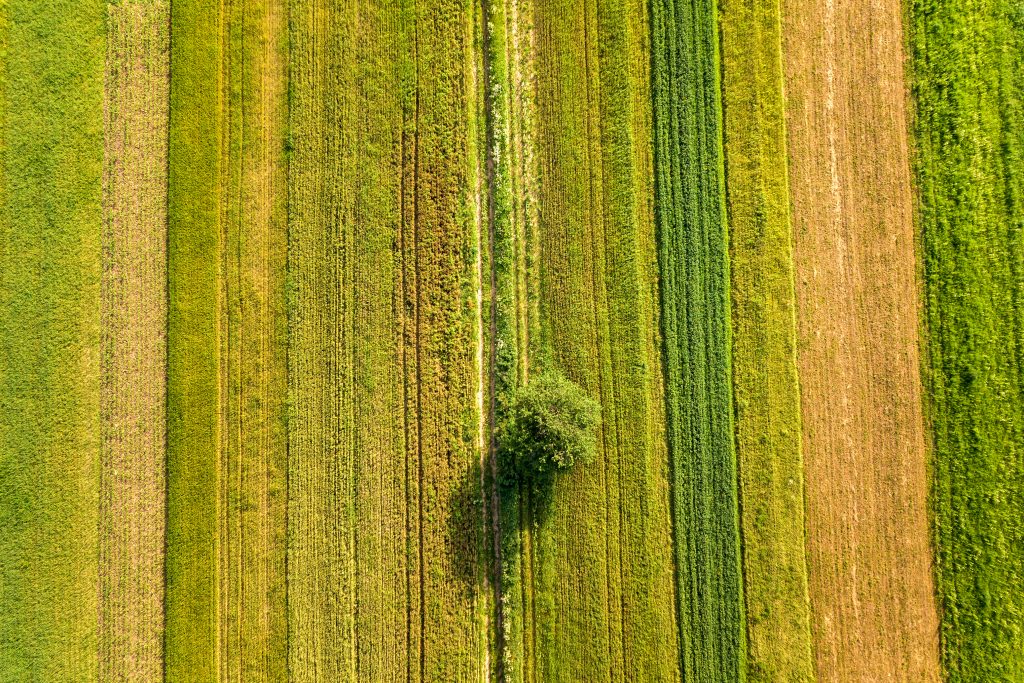Agronomy
Crop diversification
What is it?
Your soils are like other living organisms: diversity is essential to their proper development and health. In agri-environment, this translates into a good crop rotation. In concrete terms, this means integrating
up to six different crops into your rotations, rather than sticking to simpler rotations of one to three crops.
This diversification of your crops can include a:
It’s been proven : the “rotation effect” benefits your crops.
What’s in it for me?
Everyone agrees: the “rotation effect” is real. For example, by planting a fall crop, you get “a higher yield than spring cereals, a merciless fight against weeds […] and a soil that wins on all fronts,” according to La Terre de chez nous (our translation).
By diversifying your crops more, you bring the benefits of each plant to your soil. In effect, this means better yields, less nitrogen or phosphorus applications, better water retention, better soil structure, a healthy “microbial population” and more.Finally, the Prime-Vert program supports crop diversification.
Logiag’s advantage
Like any change in your agricultural practices, adding crops to your rotation requires a good analysis. Our agronomists can help you determine which crops are best suited to your soil types, markets or seeding schedule, and to overcome any challenges you may encounter.


